
by Stemedix | Jul 3, 2023 | Traumatic Brain Injury, Stem Cell Therapy
Brain injuries resulting from car accidents can vary in severity, ranging from mild concussions to more severe traumatic brain injuries (TBIs). The symptoms experienced can also vary depending on the specific nature and extent of the injury. Here are some common symptoms associated with brain injury from a car accident:
Loss of consciousness: The person may experience a temporary loss of consciousness, ranging from a few seconds to several minutes. However, it’s important to note that loss of consciousness doesn’t always occur in every brain injury case.
Headache: Persistent or recurring headaches are a common symptom following a brain injury. The severity and frequency of the headaches can vary.
Confusion and disorientation: After a car accident, individuals may feel confused, disoriented, or have difficulty remembering events before or after the accident. They may have problems with concentration and may struggle to follow conversations or instructions.
Memory problems: Short-term or long-term memory loss can occur after a brain injury. This may involve difficulty remembering recent events, learning new information, or recalling past memories.
Dizziness and balance issues: Feeling lightheaded, dizzy, or having problems with balance and coordination are common symptoms. This may make it difficult to walk or perform everyday activities.
Nausea and vomiting: These symptoms can be a result of the injury itself or associated with dizziness and imbalance.
Sensory changes: Changes in sensory perception can occur, such as blurred vision, ringing in the ears (tinnitus), sensitivity to light or sound, or a bitter taste in the mouth.
Mood swings and emotional changes: Brain injuries can lead to emotional and behavioral changes, including irritability, depression, anxiety, mood swings, and a decreased tolerance for stress. These changes can affect personal relationships and overall well-being.
Sleep disturbances: Insomnia, excessive sleepiness, or changes in sleep patterns are common after a brain injury.
Sensation and coordination problems: Some individuals may experience numbness or tingling in the extremities, difficulties with coordination, or weakness in the muscles.
It’s important to remember that these symptoms can vary depending on the severity of the brain injury and the individual. If you or someone you know has been involved in a car accident and is experiencing any of these symptoms, it is crucial to seek medical attention immediately.
What Treatments Help for Brain Injury Recovery?
The treatment and management of a brain injury depends on its severity and the specific symptoms and complications experienced. Recovery from a brain injury can be a complex and individualized process.
In the acute phase following a brain injury, medical professionals focus on stabilizing the individual and preventing further damage. This may involve surgery to address bleeding or swelling in the brain.
Rehabilitation therapies are utilized to address specific impairments and promote recovery. These may include:
- Physical therapy: To improve mobility, strength, balance, and coordination.
- Occupational therapy: To regain skills necessary for daily activities and improve cognitive function.
- Speech and language therapy: To address communication difficulties, speech impairments, and swallowing problems.
- Cognitive rehabilitation: To enhance cognitive abilities such as memory, attention, problem-solving, and organization skills.
- Vision therapy: To address visual disturbances or impairments.
Medications may be prescribed to manage specific symptoms associated with brain injuries, such as pain, seizures, muscle spasms, depression, anxiety, or sleep disorders.
Emotional and psychological support is essential for individuals recovering from brain injuries. Counseling or therapy sessions can help individuals and their families cope with the emotional and behavioral changes that may occur.
Depending on the specific impairments, assistive devices such as mobility aids, communication devices, or memory aids may be recommended. Modifications to the home or workplace environment may also be necessary to support the individual’s recovery and independence.
Support from family, friends, and support groups can play a crucial role in the recovery process. Educational programs can help individuals and their families understand the nature of brain injuries, manage expectations, and learn strategies for coping and maximizing recovery.
Adopting a healthy lifestyle can support brain injury recovery. This may include getting sufficient rest, eating a balanced diet, engaging in regular exercise (as appropriate), and avoiding substances that could interfere with recovery, such as alcohol or certain medications.
It’s important to note that every brain injury is unique, and treatment plans should be tailored to the individual’s specific needs. A multidisciplinary team of healthcare professionals, including physicians, neurologists, therapists, and psychologists, will work together to create a comprehensive treatment plan and monitor progress throughout the recovery journey.
Can Mesenchymal Stem Cell Therapy Help in Brain Injury From Car Accident?
Mesenchymal stem cell (MSC) therapy is an area of ongoing research within the regenerative medicine field and holds promise for various medical conditions, including brain injuries. MSCs are a type of adult stem cell that can be derived from different sources, such as bone marrow, adipose tissue (fat), or umbilical cord tissue.
Preclinical studies and early clinical trials suggest that MSC therapy may have potential benefits in brain injury repair. Here are some ways in which MSC therapy might help:
Anti-inflammatory effects:
MSCs have immunomodulatory properties, meaning they can regulate the immune response and reduce inflammation. In brain injuries, inflammation plays a significant role in secondary damage. MSCs have been shown to decrease inflammation in animal models of brain injury, potentially promoting a more favorable environment for healing.
Neuroprotective effects:
MSCs may secrete various factors that have protective effects on brain cells. These factors can enhance cell survival, promote tissue repair, and stimulate the growth and differentiation of new neurons. Additionally, MSCs may have antioxidant properties, helping to reduce oxidative stress, which can be harmful to brain cells.
Modulation of scar formation:
Following a brain injury, scar tissue formation can impede the regeneration and repair process. MSCs may modulate scar formation by reducing the deposition of scar tissue components and promoting tissue remodeling.
Promotion of angiogenesis:
MSCs have the potential to stimulate the formation of new blood vessels (angiogenesis). This can enhance blood flow to the injured brain tissue, delivering oxygen and nutrients, which are essential for the healing process.Early results of MSC therapy for brain injuries are promising and the field of regenerative medicine is ongoing with its research. It’s always advisable to consult with healthcare professionals and experts in the field to discuss potential treatment options for brain injuries. If you are interested in learning more about the symptoms of Brain Injury From a Car Accident, contact a care coordinator today from Stemedix!

by Stemedix | Jun 5, 2023 | Traumatic Brain Injury
TBI stands for Traumatic Brain Injury. It refers to an injury to the brain caused by a sudden and forceful impact to the head or by an object penetrating the skull and entering the brain tissue. TBI can result from various incidents, such as falls, motor vehicle accidents, sports injuries, assaults, or explosive blasts. So how does TBI affect the brain?
TBI can range in severity from mild to severe, depending on the extent of damage to the brain. Common causes of TBI include the brain hitting the inside of the skull (coup-contrecoup injury), the brain twisting or rotating within the skull (shear injury), or objects penetrating the skull and directly damaging brain tissue.
The effects of TBI can vary widely depending on the severity and location of the injury, as well as individual factors. Some individuals may recover fully or experience mild impairments, while others may face long-term disabilities or even permanent damage.
General Ways TBI Can Affect the Brain:
So exactly how does TBI affect the brain?
Physical damage: TBI can cause physical damage to brain tissue. The impact can result in bruising, bleeding, and swelling in the brain. These physical changes can disrupt the normal functioning of brain cells and neural connections.
Cognitive effects: TBI can lead to various cognitive impairments. These can include difficulties with memory (both short-term and long-term), attention, concentration, problem-solving, and decision-making. TBI may also affect a person’s ability to process and understand information, learn new things, and think abstractly.
Motor and sensory problems: Depending on the location and extent of the injury, TBI can cause motor problems such as weakness, paralysis, poor coordination, and balance issues. Sensory changes may occur, including alterations in vision, hearing, taste, or smell.
Emotional and behavioral changes: TBI can have a significant impact on a person’s emotional well-being and behavior. Some individuals may experience mood swings, irritability, anxiety, depression, or increased agitation. Personality changes, impulsivity, difficulty with self-regulation, and social inappropriateness are also possible.
Communication difficulties: TBI can affect a person’s ability to communicate effectively. Language impairments, such as difficulties with speaking, understanding, or expressing oneself, may arise. It can also affect the comprehension and production of written language.
Sensitivity to stimuli: Some individuals with TBI may become more sensitive to light, noise, or other environmental stimuli. They may experience discomfort or increased agitation in situations that were previously tolerable.
What Are Treatment Options for TBI?
The treatment options for Traumatic Brain Injury (TBI) depend on the severity and specific symptoms of the injury. It’s important to note that treatment should be individualized and tailored to the needs of the person with TBI. Here are some common treatment options:
- Medical management: In the acute phase, medical interventions focus on stabilizing the individual, ensuring proper oxygenation and blood flow to the brain, and addressing any life-threatening conditions. This may involve surgery to remove hematomas or repair skull fractures, medications to control seizures or reduce brain swelling, and monitoring of vital signs and intracranial pressure.
- Rehabilitation therapies: Rehabilitation plays a crucial role in the recovery process for individuals with TBI. Different types of therapy may be used, including:
- Physical therapy: To improve strength, coordination, balance, and mobility.
- Occupational therapy: To help individuals relearn daily activities and regain independence.
- Speech and language therapy: To address communication difficulties, swallowing problems, and cognitive-communication impairments.
- Cognitive rehabilitation: To improve cognitive functions such as memory, attention, problem-solving, and executive functioning.
- Vocational rehabilitation: To assist with returning to work or finding new employment options.
- Medications: Medications may be prescribed to manage specific symptoms and complications associated with TBI. These can include:
- Analgesics: To alleviate pain.
- Anti-seizure medications: To prevent or control seizures.
- Muscle relaxants: To reduce muscle spasticity or stiffness.
- Antidepressants or anti-anxiety medications: To manage mood disorders and emotional symptoms.
- Stimulants: To improve attention and concentration in cases of attention deficits.
- Psychological and behavioral interventions: TBI can have significant psychological and behavioral effects. Psychotherapy, counseling, and behavioral interventions may be recommended to help individuals cope with emotional challenges, address behavioral changes, manage stress, and improve overall psychological well-being.
- Assistive devices and technology: Depending on the specific impairments resulting from TBI, assistive devices and technology can be beneficial. These can include mobility aids, communication devices, memory aids, and other assistive technologies that support independence and quality of life.
- Supportive care and education: Providing a supportive environment and educating both the person with TBI and their family members about the condition, treatment options, and strategies for managing symptoms is crucial. Support groups, educational resources, and counseling services can offer emotional support and practical guidance throughout the recovery process.
Regenerative Medicine for TBI
Regenerative Medicine, also known as stem cell therapy, is another option patients are exploring for the management and potential healing of their TBI. Mesenchymal stem cell (MSC) therapy is a promising area of research for the treatment of Traumatic Brain Injury (TBI). MSCs are a type of adult stem cell that can be obtained from various sources, such as bone marrow or umbilical cord tissue.
MSCs have the potential to promote tissue repair and regeneration through multiple mechanisms. They can differentiate into various cell types, including neural cells, and contribute to the replacement of damaged cells in the brain. MSCs also secrete factors that have anti-inflammatory, neuroprotective, and regenerative effects. These factors can modulate the immune response, reduce inflammation, promote angiogenesis (formation of new blood vessels), and enhance neuronal survival and repair.
Preclinical studies have demonstrated that MSC transplantation can improve cognitive function, reduce brain inflammation, enhance tissue repair, and promote functional recovery.
It’s important to work closely with a healthcare team specialized in TBI to determine the most appropriate treatment plan based on individual needs and goals. The effects of TBI can vary widely between individuals and depend on factors such as the severity of the injury, the specific brain regions affected, and the individual’s overall health. Rehabilitation, therapy, and support from healthcare professionals can play a crucial role in managing the effects of TBI and maximizing recovery. To learn more about TBI and other health conditions contact Stemedix today!

by Stemedix | Sep 12, 2022 | Stem Cell Therapy, Stem Cell Research, Traumatic Brain Injury
Every year, approximately 350,000 Americans experience severe and moderate traumatic brain injuries (TBI) that can result in long-term disabilities. Unfortunately, there are no effective treatments to improve the structural repair and recovery of function in patients who suffer from a TBI. Regenerative medicine methodologies, and stem cells, in particular, offer the most promising options for repairing damage and restoring performance for patients with long-term effects from a TBI. Here we talk about how stem cells help brain injury and the science behind it.
What Are Stem Cells?
Stem cells are special, due to their ability to become new types of cells. The entire human body originated as a cluster of stem cells. Stem cells are the only cells in the body that can divide to create specialized cells, such as brain or blood cells.
Since many specialized cells, like neurons, cannot divide to create new cells, stem cells’ unique ability to differentiate into the needed cells surrounding them allows breakthrough alternative medicine options in patients who previously had no opportunities for recovery.
What Is Stem Cell Therapy?
A physician extracts stem cells from a patient in a stem cell therapy treatment. Those cells often come from the patient’s bone marrow or fat tissue. The doctor then readministers the cells into the targeted areas.
The stem cells begin dividing to create the cells needed to repair the damage and replace dead cells. This process allows stem cells to help manage the root cause of pain, condition, and injury, instead of the traditional approach of managing and masking symptoms.
How Can Stem Cell Therapy Help Brain Injuries?
While neurons cannot divide to create new cells, adult neural stem cells can divide and should have the functionality to differentiate into neurons. In addition, the presence of these cells implies that the brain has some ability to repair itself in response to injuries or diseases affecting the central nervous system.
In the absence of the brain activating this response on its own, scientists are now researching how neural stem cells can help potentially repair a TBI through cell transplantation.
In one study, neural stem cells (NSCs) were transplanted into a damaged area of the subject’s brain and differentiated into region-specific functional cells.
While few studies using humans have reached their final stages, early reports reveal that extracted NSCs may survive for weeks upon injection into an injured portion of the central nervous system. This promising news ensures that stem cells have the time to restore damaged cells and rebuild function after an injury.
While the need for further research and results is clear, early findings offer hope that stem cells may become a widely available option to treat brain injuries. If you would like to learn more about the treatment options available at Stemedix, contact us today! We provide stem cells that help brain injury.

by Stemedix | Mar 28, 2022 | Traumatic Brain Injury
Traumatic brain injuries (TBI) refer to the damage caused by a sudden, violent blow or jolt to the head or body. Traumatic brain injuries can range from mild to severe, with mild TBIs causing only short-term symptoms and more severe TBIs causing lifelong damage. Here we will look at different examples of TBI.
Unfortunately, it’s impossible to tell the severity of a brain injury based on initial symptoms or the blow itself. Therefore, all TBIs need prompt medical assistance.
Traumatic brain injuries aren’t the only way brains may sustain damage. TBIs are only one form of acquired brain injury (ABI) or any brain injury after birth. While all brain injuries are ABIs, not all ABIs are traumatic.
Common Causes of Traumatic Brain Injuries
Traumatic brain injuries cause a change in brain function, initiated by an external force. TBIs are either closed or open. An open TBI occurs when something penetrates or fractures the skull, and a closed TBI describes injuries where the skull remains intact.
Common causes of TBIs include:
- Traffic accidents
- Assaults
- Falls
- Sporting accidents
Open injuries are not necessarily more severe than closed injuries. However, all head damage may cause a traumatic brain injury and needs medical attention.
Types of TBIs
Traumatic Brain Injuries affect up to 1.5 million people a year, with wide-ranging outcomes. Those at the highest risk for a TBI are adolescents, young adults, and those 75 years of age or older. In addition, males are twice as likely to experience a TBI than females. Here are some common examples of TBI.
Coup-Contrecoup Brain Injury
A coup-contrecoup brain injury significantly impacts the brain, causing the brain or skull to slam into the opposite impact site. As a result, brain damage occurs at both the impact site and the opposite side of the brain.
Coup-contrecoup brain injuries are especially violent and cause immediate symptoms. They’re typically caused by severe car accidents, a blow to the head, acts of violence, and forceful falls.
Concussion
Concussions are the most common examples of TBI, often called mild traumatic brain injuries (mTBI). Concussions form from a jolt to the brain, followed by shaking of the brain, and are usually from a sudden blow to the head.
Concussions can be mild or severe, and multiple concussions can cause lifelong damage, including chronic traumatic encephalopathy (CTE). CTE may permanently damage a patient’s mood, behavior, and brain function.
Brain Contusion
Contusions are synonymous with bruises, a form of bleeding under the skin. Brain contusions often happen at the same time as a concussion. Some brain contusions do not stop bleeding on their own and need surgical removal. Brain contusions vary in severity depending on their size, location, and the length of time they last.
Diffuse Axonal Injury
A diffuse axonal injury (DAI) occurs when the head moves so violently that the brain stem can’t keep up, causing the brain’s connections to tear.
Tears may be microscopic or large, and the severity of the injury depends on the areas of the brain affected, the severity of the tears, and if the patient experienced a contusion or concussion at the same time. Understanding and identifying traumatic brain injuries allows for quick action in obtaining medical attention after an injury. A TBI doesn’t need to look significant to impact the brain for someone to sustain considerable damage. If you would like to learn more your options for treatment for TBI, contact us today at Stemedix and speak with a care coordinator.

by Stemedix | Jan 10, 2022 | Stem Cell Therapy, Traumatic Brain Injury
TBIs, or traumatic brain injuries, are typically one of the most challenging types of medical ailments to treat. This is due to the sheer complexity of the human brain. Here we talk about how to heal traumatic brain injuries.
Fortunately, stem cell therapy may provide medical professionals with a viable treatment option when encountering patients suffering from TBIs. Stem cells are unique cells that are capable of transforming into other types of cells, including those present within the brain.
While stem cells have shown great promise when used to treat other types of soft tissue injuries, can they help heal traumatic brain injuries? Thus far, researchers have not found a definitive answer. However, initial data shows that stem cell therapy may have a positive impact on TBI patients.
Types of Traumatic Brain Injury
Before we discuss how stem cell therapy may benefit individuals that have suffered a TBI, let’s briefly recap the various types of traumatic brain injuries.
Concussions
The most common type of traumatic brain injury is concussions. Concussions can occur when a person’s head collides with another individual, a fixed object, or a moving object. A prime example of an injury-causing event is when a football player’s helmet hits the helmet of another player or the turf. Concussions are characterized by a loss of consciousness, an altered mental state, and headaches.
Penetration Injuries
A less common but still frequent type of TBI is caused by a penetration injury. These injuries occur when a foreign object pierces the skull and damages the brain. Penetration injuries can be caused by sharp objects, bullets, and shrapnel.
Diffuse Axonal Injuries
The third class of TBI is referred to as a diffuse axonal injury. This type of injury occurs when a person experiences rapid deceleration or acceleration. Diffuse axonal injuries are most likely to occur during motor vehicle accidents.
How Stem Cells May Help
Every year, approximately 1.5 million people suffer from TBIs in the U.S. alone. Roughly 230,000 people are admitted to the hospital and survive their injuries. Of these, about one-third (80,000–90,000) suffer from some sort of long-term disability.
In the past, clinicians focused on managing the many symptoms of TBIs via the use of medications and rehabilitative therapies. However, stem cell therapy has become a safe and natural alternative treatment option for many different neurodegenerative conditions, including TBIs.
Early research suggests that stem cell therapy may be able to:
- Improve cognitive function
- Improve appetite
- Improve mood and stamina
- Decrease chronic pain
- Increase energy
If you or a loved one is suffering from a TBI injury, stem cell therapy might be able to help mitigate or improve symptoms. If you would like to learn more contact us today and speak with a care coordinator.

by Stemedix | Jan 3, 2022 | Traumatic Brain Injury, Stem Cell Therapy
A question we get a lot is what is traumatic brain injury? Traumatic brain injury (or TBI) is usually caused by a violent blow to the head or body. An object piercing the brain tissue, such as may happen in an automobile accident, can also cause TBI. Most traumatic brain injuries are mild concussions that do not require hospitalization, but sadly, TBI does contribute to nearly 50,000 deaths a year in the U.S. Treatments for traumatic brain injury depend on the severity of the injury. Therapies may include emergency treatment, medications, rehabilitation, and stem cell therapy.
Inflammation is the body’s normal response to injury, but the hard skull around the brain prevents outward swelling when it’s injured. Instead, pressure builds up inside the skull, and this pressure can cause even further injury.
Interruption in communication patterns between the brain’s neurotransmitters creates an imbalance of the delicate chemistry needed for normal function. If the injury is mild, normal function may resume when the brain heals and inflammation recedes. But if the pressure is prolonged or the injury is more severe, complications can be life-altering.
The Symptoms of TBI
The term “traumatic brain injury” sounds severe, and in some cases, it can be. However, traumatic brain injury is also the correct term for describing mild concussions that don’t appear to be concerning immediately after the event. Symptoms and complications related to TBI may appear days or even weeks after the injury. That is why all TBIs should be considered serious incidents until more information becomes available.
Symptoms of a mild TBI may include:
- Headache,
- Fatigue or drowsiness
- Nausea/vomiting
- Speech problems
- Dizziness
- Loss of balance
- Blurred vision
- Ringing in the ears
- Strange taste in the mouth
- Loss of smell
- Sensitivity to light or sound
- Loss of consciousness for a few seconds or minutes
- Feeling confused, disoriented
- Problems with memory or difficulty concentrating
- Mood swings
A more serious TBI may also cause convulsions, clear fluids draining from ears or nose, weakness in toes and fingers, or dilation of one or both pupils.
Seek medical care if you or someone you know exhibits any of the above signs after a fall or some other type of accident that involves a blow to the head. Children are especially at risk for long-term complications of TBI and should be evaluated immediately.
Can Regenerative Medicine Help TBI?
Regenerative medicine, also known as stem cell therapy, has shown potential for managing a range of neurodegenerative disorders, including traumatic brain injury. While it is still considered experimental, studies on stem cell therapy show promise for its ability to replace damaged brain cells with healthy new cells and potentially restore or improve brain function. If you would like to learn more contact a care coordinator today!
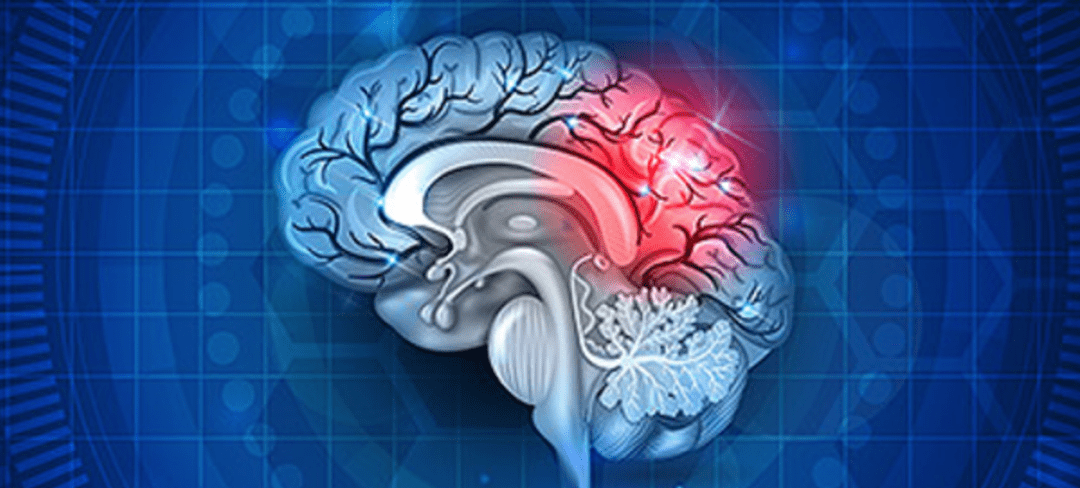

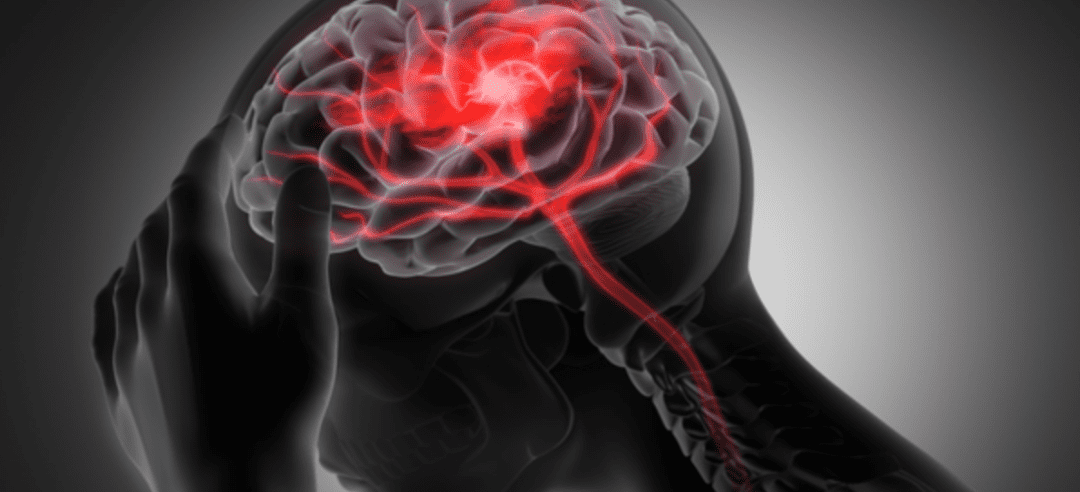
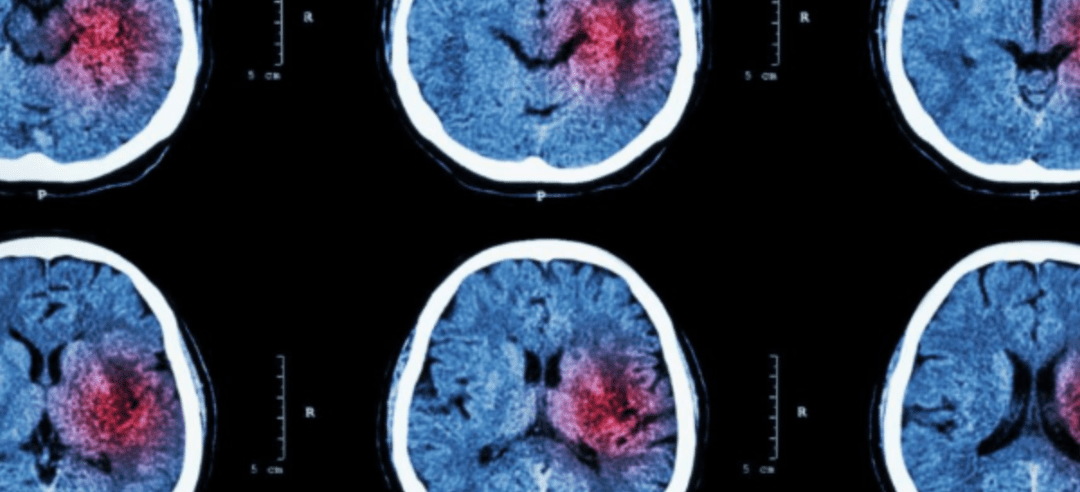
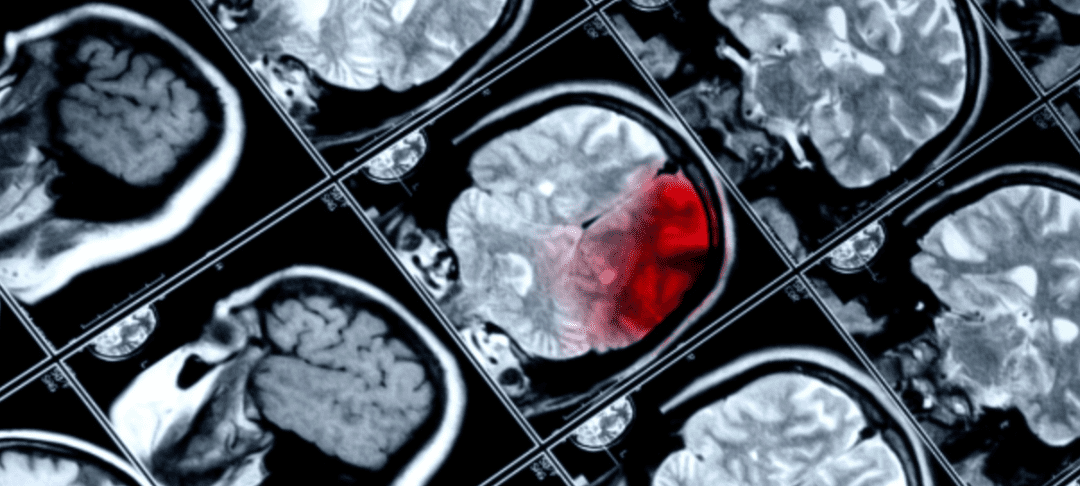
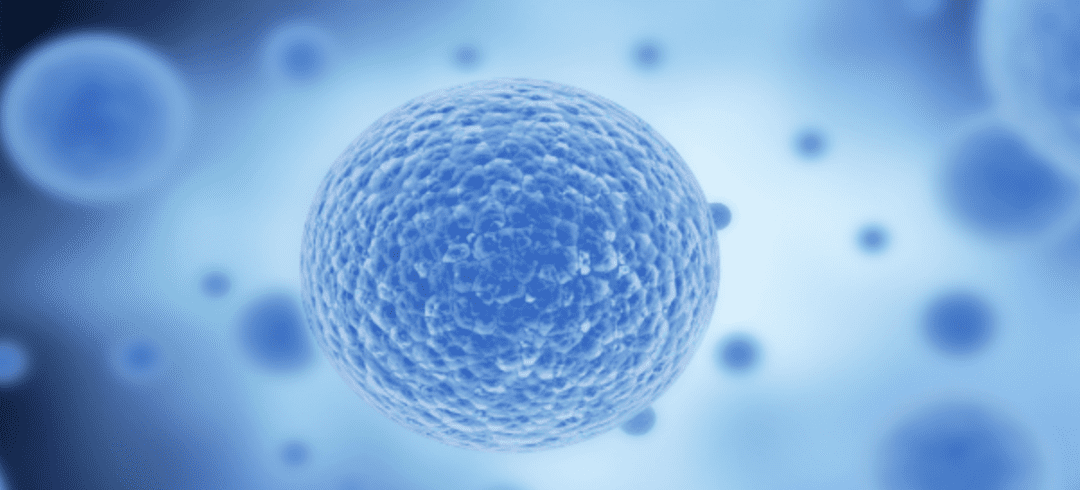
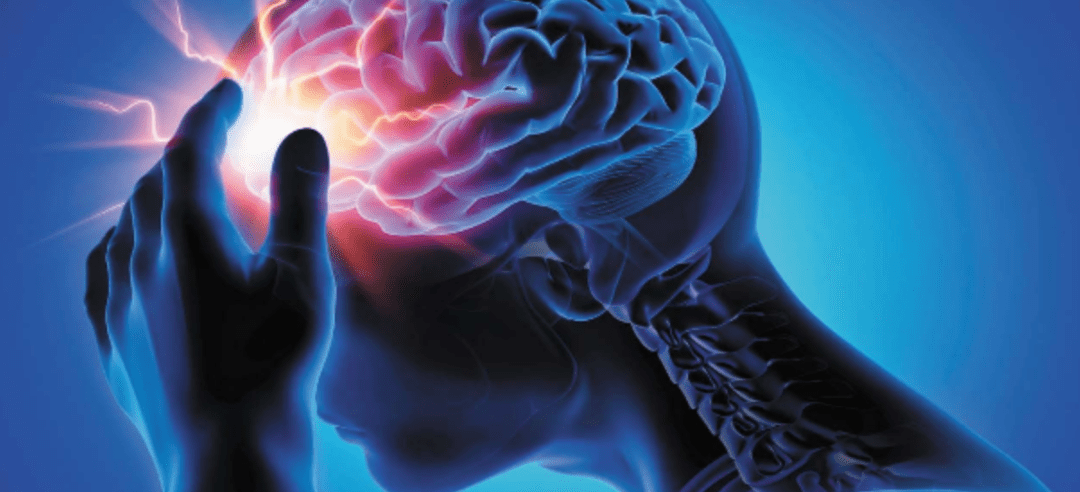
 St. Petersburg, Florida
St. Petersburg, Florida
